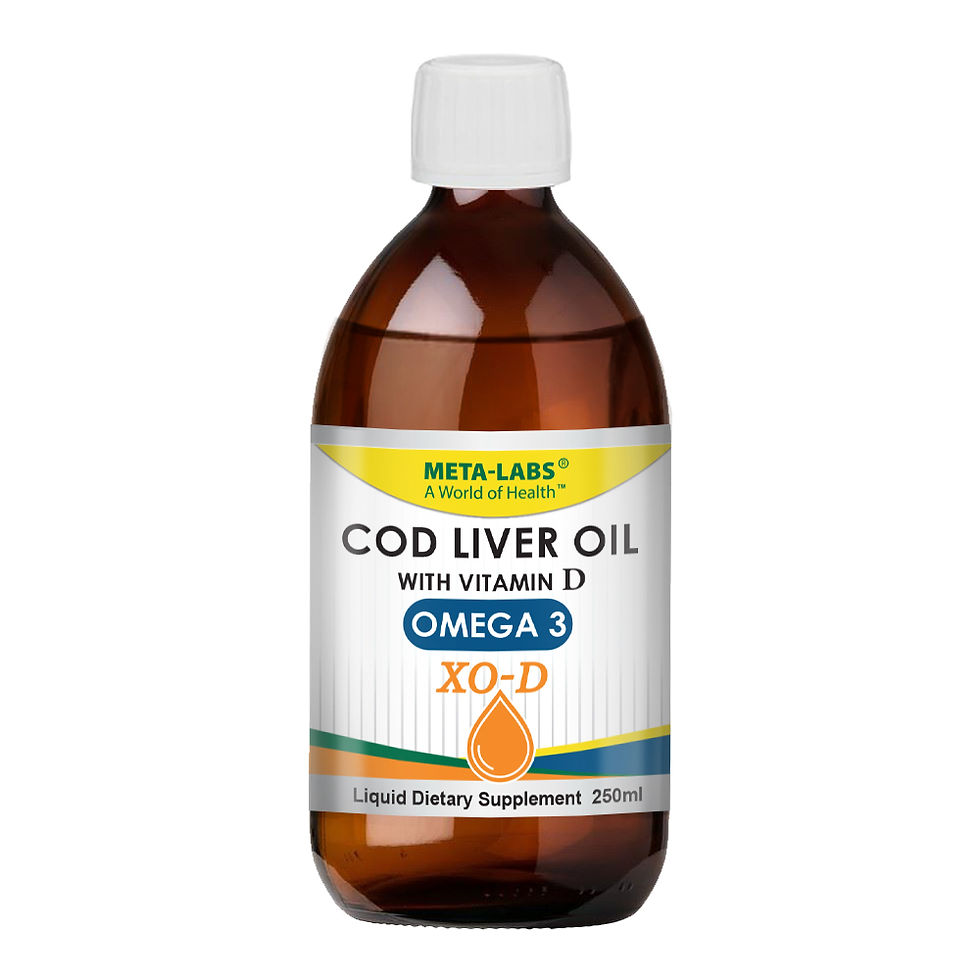Omega-3: the healthy fat
The human body consists of no less than 100,000 billion cells, which can be divided into 200 different types, such as skin, heart and muscle cells. To create cells and have them function as they should, the human body needs nutrients and fuels. Nutrients are needed because the cells in the body are renewed regularly. In turn, fuels are needed for all cells to perform their function. Fat is both an important nutrient and a good fuel. Fat also functions as a means of transporting vitamins A, D and E. Fat also keeps the body warm thanks to its insulating effect. Fats are therefore essential for the human body to function properly. However, they must be the right kind of fats and in the right quantity. Some fats are exceptionally healthy, such as Omega-3 variants. Other fats, however, can be very unhealthy and even lethal in the case of an overdose. Trans fats are an example of the latter category.
Essential fats
To better understand the difference between healthy and unhealthy fats, it is important to differentiate between the two main types. These are saturated and unsaturated fats. Unsaturated fats are fats with a high content of unsaturated fatty acids. Saturated fats contain a high content of saturated fats. All fats in food are a combination of saturated and unsaturated fats. These two fats are never in balance; one of the two is always dominant. The difference between these two types of fat is easily discernible. Saturated fats have a fixed, solidified form at room temperature, while unsaturated fats are liquid at the same temperature.
There is one group of unsaturated fats that are essential for the proper functioning of the human body. These are the essential fats contained in fish oil, such as Omega-3. Because the human body cannot produce this group of fats itself, people need to consume them through food and supplements.
Health effects of Omega-3
Omega-3 has the following positive properties:
- Stimulates blood clotting (especially useful for surgical procedures)
- Reduces the risk of cardiovascular disease
- Pregnancy: reduces the risk of allergy in unborn babies
- After childbirth: reduces the likelihood of a high fat percentage and therefore the risk of obesity
- Reduces the risk of aggression in children
- Reduces the risk of obesity in women with premenstrual syndrome (PMS)
- Stimulates cognitive functions in the elderly
- For the elderly and athletes: stimulates the guidance mechanism from the nerve to the muscle which promotes muscle growth
- Reduces the risk of colorectal tumours
- Contributes to the proper functioning of blood vessels
- Reduces the risk of cardiovascular disease
- Has a protective effect when exposed to pollution
- Contributes to healthy eyes
*These statements have not been evaluated by the Food and Drug Administration. The product above is not intended to diagnose, treat, cure, or prevent disease.

















